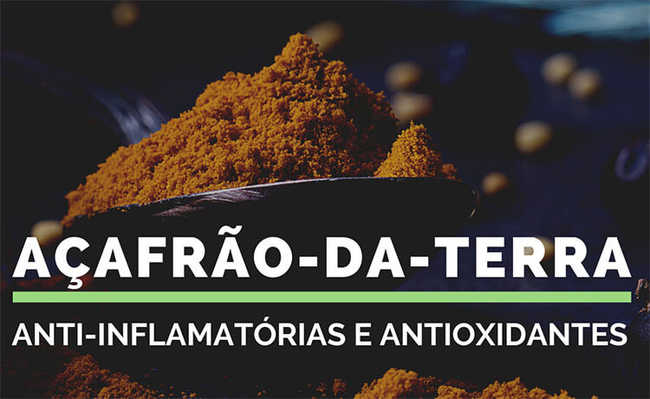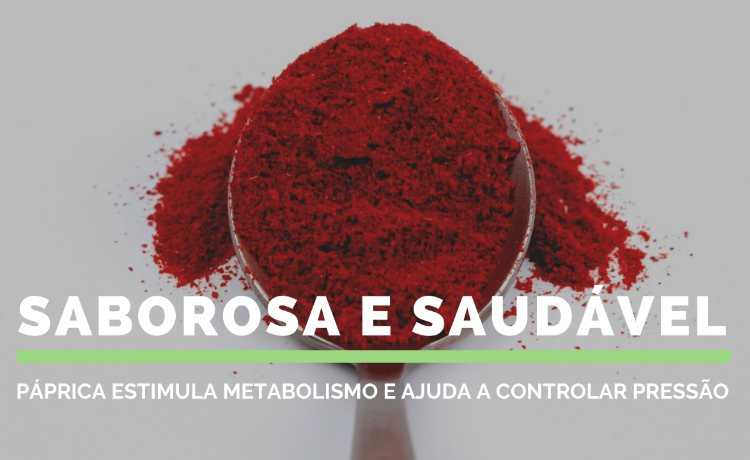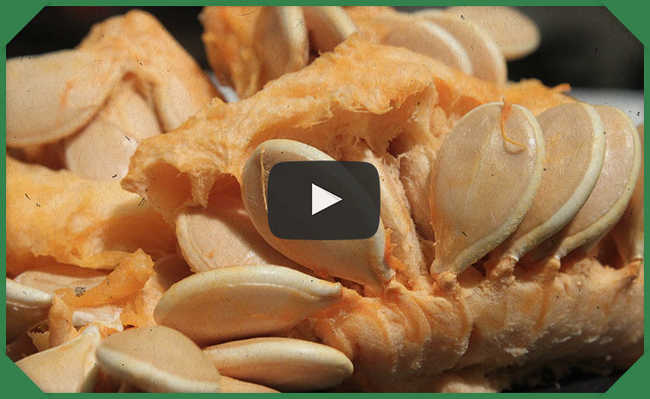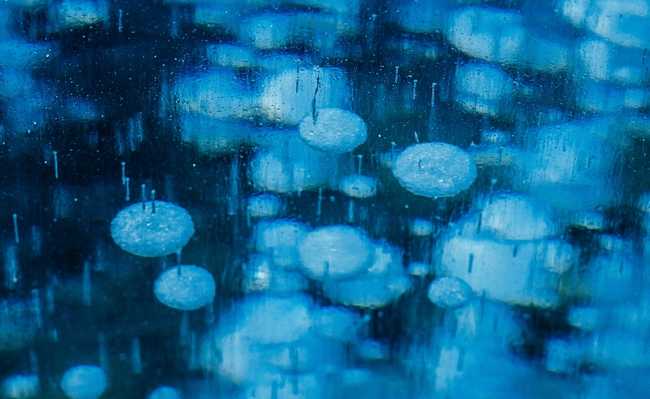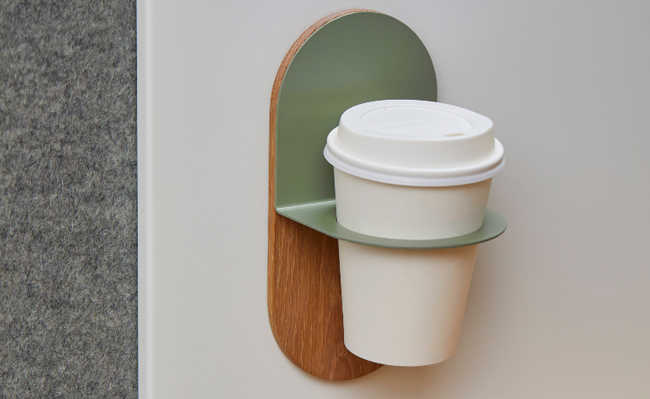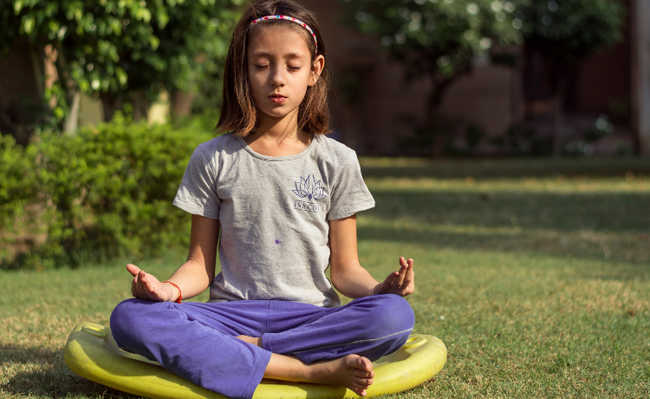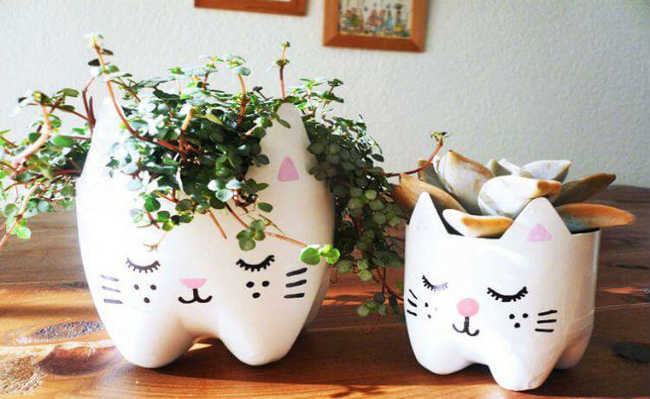Basil: benefits, how to use and plant
Studies have shown that basil has antibacterial, antioxidant, antispasmodic and digestive properties

Basil is an herb belonging to the mint family, Lamiaceae. Native to India and cultivated since ancient times, its leaves are used as a spice especially in tropical countries in Asia and in Italian cuisine.
- Basil tea and other recipes to enjoy benefits
There are different types of basil, which differ in flavor and aroma. Common basil (or basil basil) is one of the easiest types to find in Brazil. The leaf has a thin thickness and the flavor is of medium intensity.
This and Italian basil – slightly bitter when raw and with a slight clove flavor – are best known for making a good pesto sauce. Purple basil, on the other hand, is soft and great to use in the decoration of dishes, thanks to its purple hue.
Uses of Basil
Basil is widely used in the kitchen, being a great companion to tomatoes and a fundamental ingredient in making the famous Genoese pesto, a typical Italian sauce.
It also goes well in salads, pastas, soups, stews and cheeses. As the heat reduces its aroma, it is better if added at the end of the recipe or just when serving.
To preserve it, wash and dry the leaves well and put them in a clean, dry plastic bag. Or chop them up and place them in a glass with oil. It is recommended to use the leaves while new, as they lose their aroma after drying.

health benefits
A study by researchers at Purdue University in Indiana, USA, revealed that basil "contains a wide range of essential oils, rich in phenolic compounds and a wide variety of other natural products, including polyphenols such as flavonoids and anthocyanins".
In addition, basil is rich in vitamins A, K, C, magnesium, iron, potassium and calcium (important for the maintenance of teeth and bones, coagulation and blood pressure).
Other studies have shown that basil has antibacterial, antioxidant, antispasmodic and digestive properties.
According to research presented at the British Pharmacists Conference (BPC) in Manchester, England, basil also has properties that can help prevent the harmful effects of aging, preventing damage caused by some free radicals in the liver, brain and heart.
The use of the plant has remarkable therapeutic effects. Because it contains high amounts of beta-caryophyllene, basil can help treat arthritis and other inflammatory complications.
In addition to the vitamins and salts already described, basil helps to reduce the growth of some bacteria, making its use in salads interesting.
Traditionally, basil can also be used to treat coughs, kidney disorders and as a method of relieving stomach pain. It serves as a natural insect repellent due to its strong odor, which keeps flies and mosquitoes away. But beware: according to the National Health Surveillance Agency (Anvisa), only repellents with chemicals based on icaridin are effective against the Aedes aegypti (dengue, zika and chikungunya transmitter). Neem, citronella and andiroba-based repellants do not contain this active ingredient.
Aesthetics
Due to the antioxidant activity found in basil extract, its use provides the benefit of preventing the negative effects of aging. According to a study, basil extract has more antioxidant activity than some standard antioxidants, and can be an ally in combating expression lines, both through consumption and in the application of cosmetic products (such as soaps and moisturizers) with this function.

how to cultivate
Basil is a plant that cannot withstand low temperatures, needs high light and must receive direct sunlight for at least a few hours a day.
The soil must be well drained, light, fertile and rich in organic matter. Irrigate frequently so that the soil is kept slightly moist. Both the lack and the excess of water harm the basil.
Basil can easily be grown in pots and pots of medium or large size, although it usually grows less. In this case, give preference to smaller cultivars.
Remove invasive plants that are competing for nutrients and resources. Leaf harvesting can begin when the plant is well developed, which usually takes place 60 to 90 days after sowing. The flowers are also edible, and eliminating them can encourage the growth of more leaves.
basil sauce
Ingredients
- 2 cups of basil leaves
- ½ cup olive oil, adjust based on the consistency you prefer
- 2 garlic cloves
- salt to taste
Method of preparation
Place all ingredients in a blender or food processor and blend until smooth. Try and adjust the salt and oil to the consistency you want.


